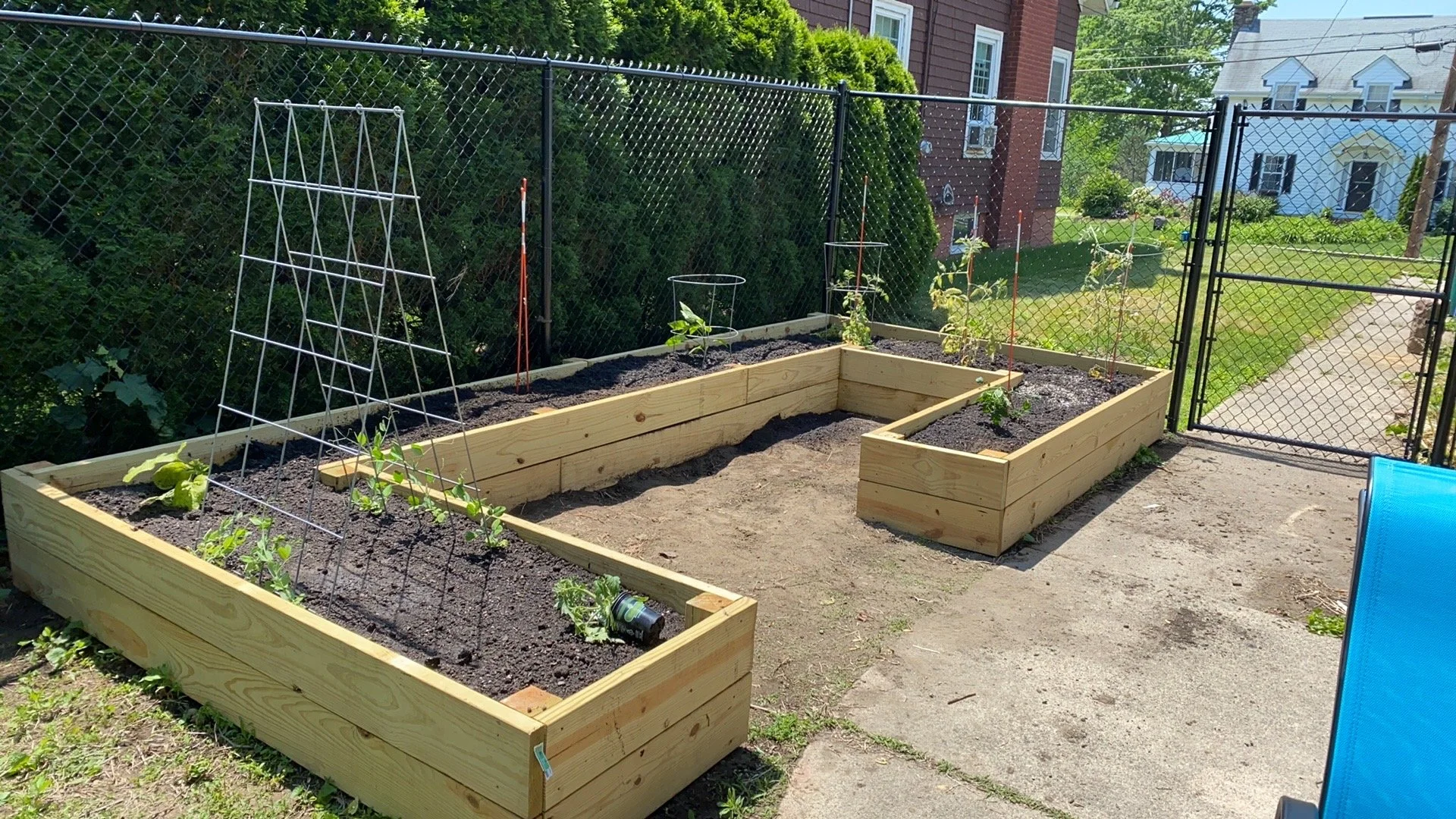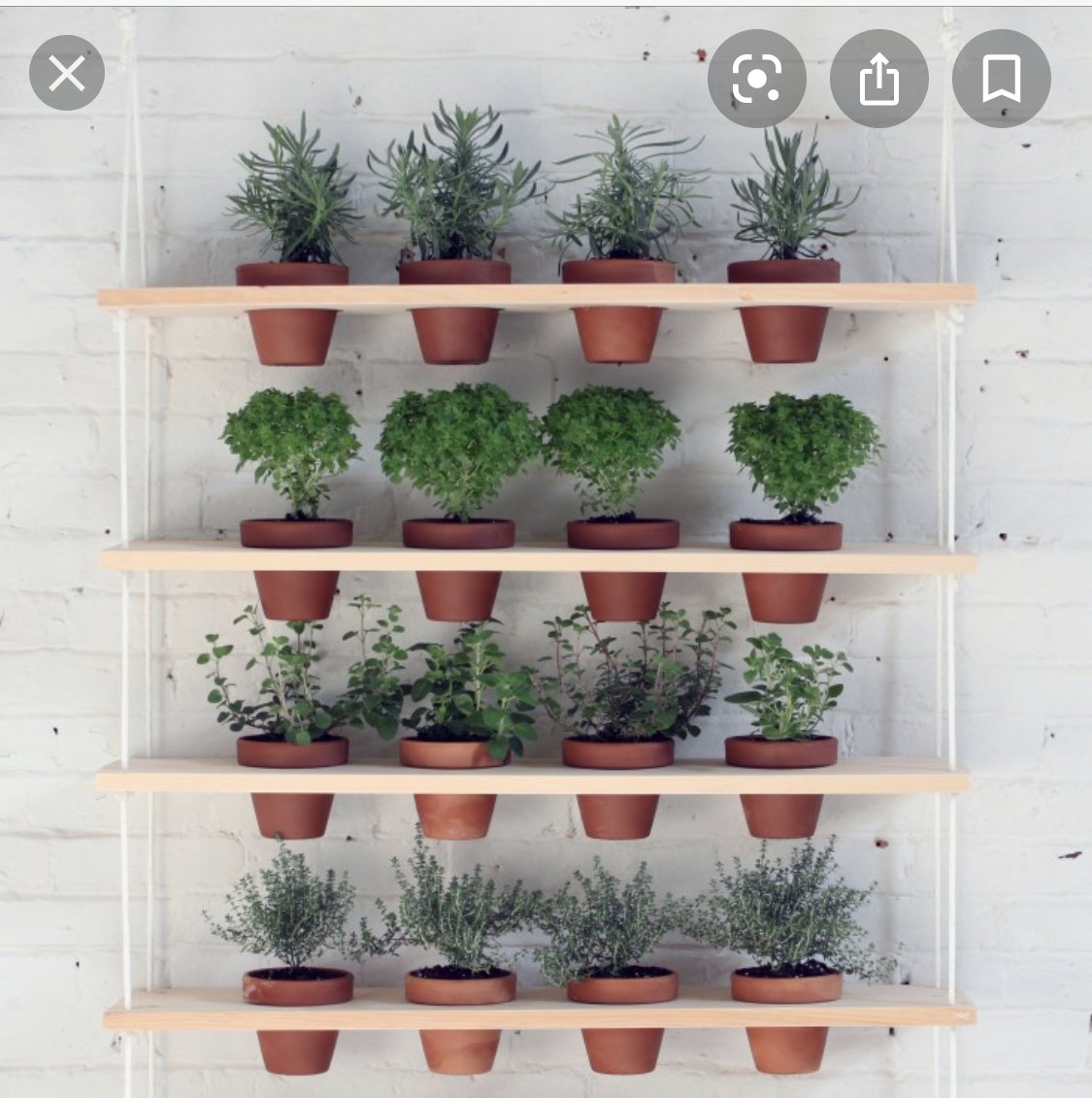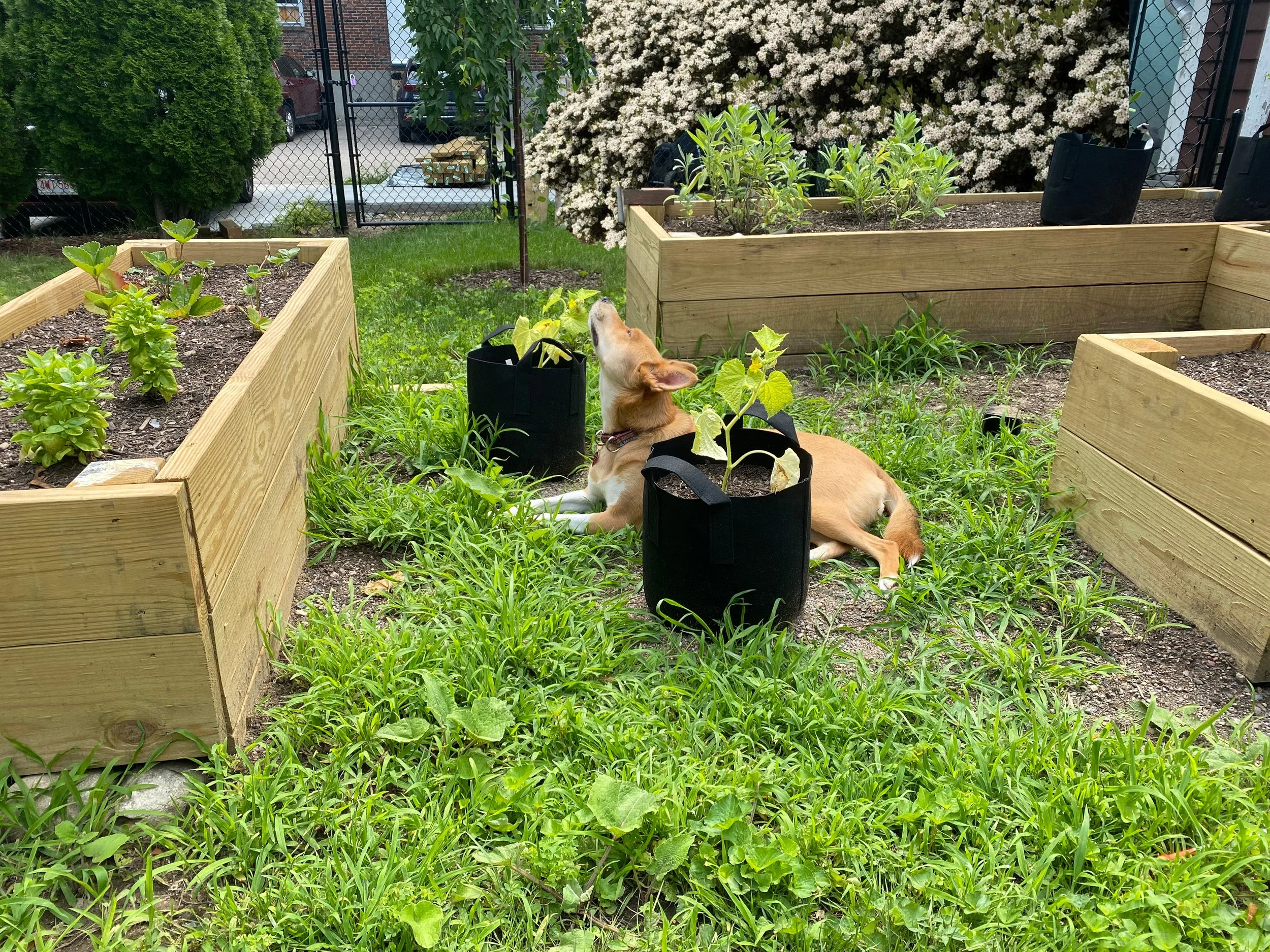A Kitchen Garden
Home design is so much more than the way you decorate your home. Home design in its truest sense is the marriage of form and function. It is contemplating your life and lifestyle and finding ways to live comfortably in a space that not only meets your needs but brings you joy. For all of us food is a piece of that lifestyle. Nothing is better than cooking with fresh ingredients grown in your own garden. In every house or apartment I have ever had I have found a way to garden at various levels. Whether it’s small flower pots of herbs on the window sill, tomato plants in terracotta pots on a balcony, or a full fledged garden in the yard, nothing feels better than cutting the herbs you needed for a recipe or picking the veggies you want with dinner right as you need them.






When planning your kitchen garden, especially if gardening is new to you, don’t overdo it! Start with a reasonably sized plan that won’t get away from you.
Be thoughtful about what you choose to grow, what do you cook with or eat the most? If you find yourself using something like basil in your cooking multiple nights a week, then it should definitely be part of your initial planting. If you like stuffed peppers but don’t like them in much else, maybe skip the pepper plant (unless you want stuffed peppers a few nights a week!) when shopping for plant starts it is easy to get excited and overdo.
If using containers, pick the right size. Tomato plants need to go in a larger pot to have room for roots but many herbs can thrive in smaller pots, do your research based on what you want to grow.
Don’t forget to consider drainage. All pots for growing vegetables and herbs need drainage holes, in addition some gravel at the bottom will often help you avoid overwatering. When building raised beds in a yard, build the structure first, then put down gopher wire at the bottom, follow that with gravel and branches and finish with a top layer of dirt and compost. This will help keep out pests and provide drainage for their entire life.
5. Use what you grow, or share with others. Use your harvest to expand your cooking, try new recipes and make it up as you go along, if you can’t eat everything you are growing, think about canning or sharing, there is nothing that builds a neighborly relationship like fresh vegetables from the garden.


